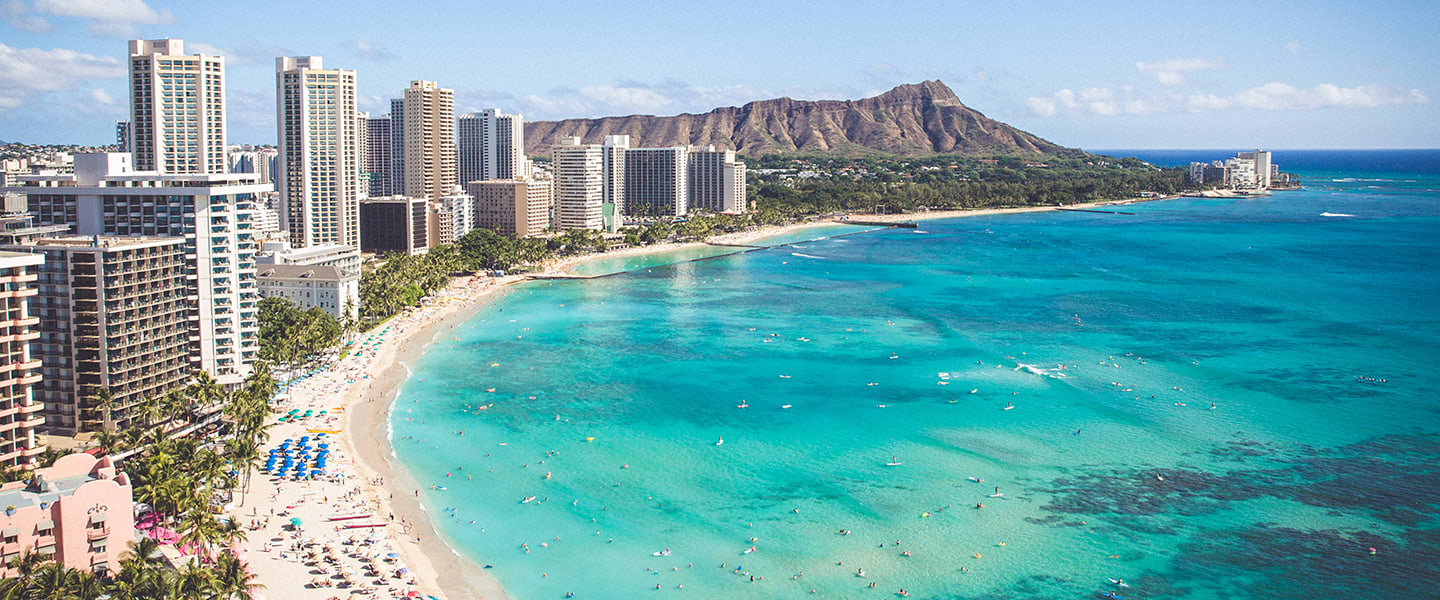Residential Care Home in Hawaii

Overview of Residential Care Home in Hawaii
Nicknamed the “Aloha State,” Hawaii is a tropical paradise known for its white sand beaches, crystal blue waters, majestic volcanoes, and dense rain forests which are home to a plethora of flora and fauna. Hawaii is one of the premier vacation destinations in the United States, making it an excellent spot to retire and relax in the sun. Many seniors enjoy exploring the local culture and historic sites of the islands, especially Pearl Harbor and the USS Arizona Memorial.
The median monthly cost of a care home in Hawaii is about $6,000. However, the cost of living in a care home depends largely on location. Since the homes are private residences, costs are tied to real estate value and therefore may vary greatly.
Top-rated Residential Care Home facilities in Hawaii
Serenity Hawaii Care Home
Excellent care home very clean and tasteful interior. The care home Operator and staff is very experienced in patient care and specialized in Alzheimers care and Rehabilitation. They also work closely with...
Captain Cook Care Home
I have known the Home Operator personally since 1996 and know he and his Family to be one of integrity, care, kindness and love for people. As a Registered Nurse and having worked with him in a Hospital...
Aida Care Home
Aida and her daughters are very nice and accommodating to my father. He can be very stubborn, but they are very patient with him.
Top-rated Residential Care Home facilities in Honolulu
See top facilitiesFaith Harbor Adult Care
[name removed] and [name removed] took excellent care of my aunt and I don’t know what we would have done without them. She had no immediate family in Hawaii and while I would come for two weeks to visit,...
Vilma's Adult Care Home
I would rate them more than excellent, they are outstanding, Vilma and her staff are super. My mom is always happy and smiling and she would let me know if she was unhappy. I would give them fives across the...
Serenity Hawaii Care Home
Excellent care home very clean and tasteful interior. The care home Operator and staff is very experienced in patient care and specialized in Alzheimers care and Rehabilitation. They also work closely with...
Top-rated Residential Care Home facilities in Kaneohe
See top facilitiesFaith Harbor Adult Care
[name removed] and [name removed] took excellent care of my aunt and I don’t know what we would have done without them. She had no immediate family in Hawaii and while I would come for two weeks to visit,...
Vilma's Adult Care Home
I would rate them more than excellent, they are outstanding, Vilma and her staff are super. My mom is always happy and smiling and she would let me know if she was unhappy. I would give them fives across the...
Serenity Hawaii Care Home
Excellent care home very clean and tasteful interior. The care home Operator and staff is very experienced in patient care and specialized in Alzheimers care and Rehabilitation. They also work closely with...
Top-rated Residential Care Home facilities in Kapolei
See top facilitiesFaith Harbor Adult Care
[name removed] and [name removed] took excellent care of my aunt and I don’t know what we would have done without them. She had no immediate family in Hawaii and while I would come for two weeks to visit,...
Serenity Hawaii Care Home
Excellent care home very clean and tasteful interior. The care home Operator and staff is very experienced in patient care and specialized in Alzheimers care and Rehabilitation. They also work closely with...
Vilma's Adult Care Home
I would rate them more than excellent, they are outstanding, Vilma and her staff are super. My mom is always happy and smiling and she would let me know if she was unhappy. I would give them fives across the...
Top-rated Residential Care Home facilities in Hauula
See top facilitiesSerenity Hawaii Care Home
Excellent care home very clean and tasteful interior. The care home Operator and staff is very experienced in patient care and specialized in Alzheimers care and Rehabilitation. They also work closely with...
Vilma's Adult Care Home
I would rate them more than excellent, they are outstanding, Vilma and her staff are super. My mom is always happy and smiling and she would let me know if she was unhappy. I would give them fives across the...
Family Ties ARCH II
Caregivers are exceptional ,food is great, clean, quiet family oriented place. I strongly recommend if you’re looking for a place for your family.
Top cities in Hawaii for care homes
Find residential care home in other states
Other senior living options in Hawaii
Find assisted living near you
The information contained on this page is for informational purposes only and is not intended to constitute medical, legal or financial advice or create a professional relationship between A Place for Mom and the reader. Always seek the advice of your health care provider, attorney or financial advisor with respect to any particular matter, and do not act or refrain from acting on the basis of anything you have read on this site. Links to third-party websites are only for the convenience of the reader; A Place for Mom does not endorse the contents of the third-party sites.
Please enter a valid email address.
A Place for Mom is paid by our participating communities, therefore our service is offered at no charge to families. Copyright © 2024 A Place for Mom, Inc. All Rights Reserved. Privacy & Terms. Do Not Sell My Personal Information.